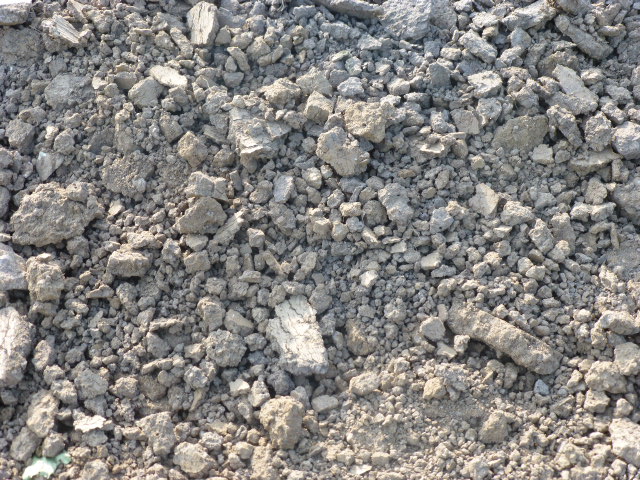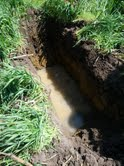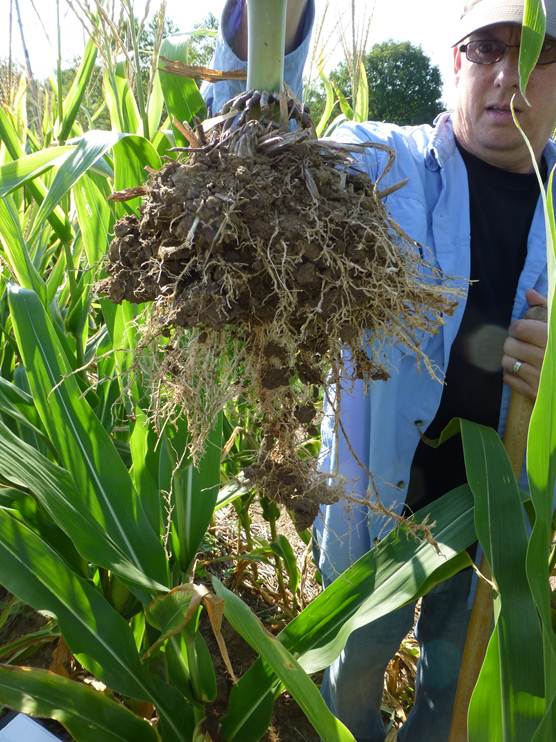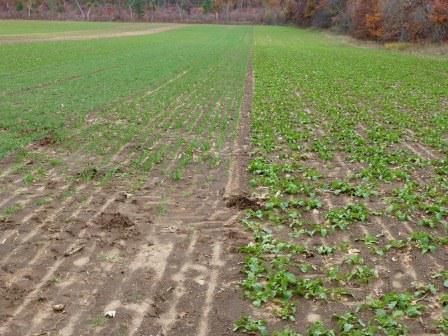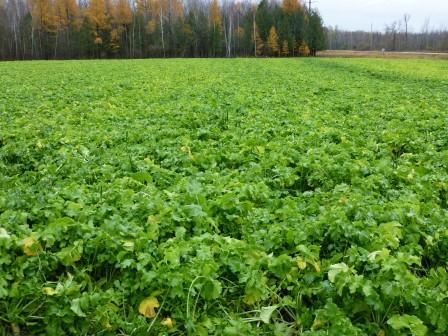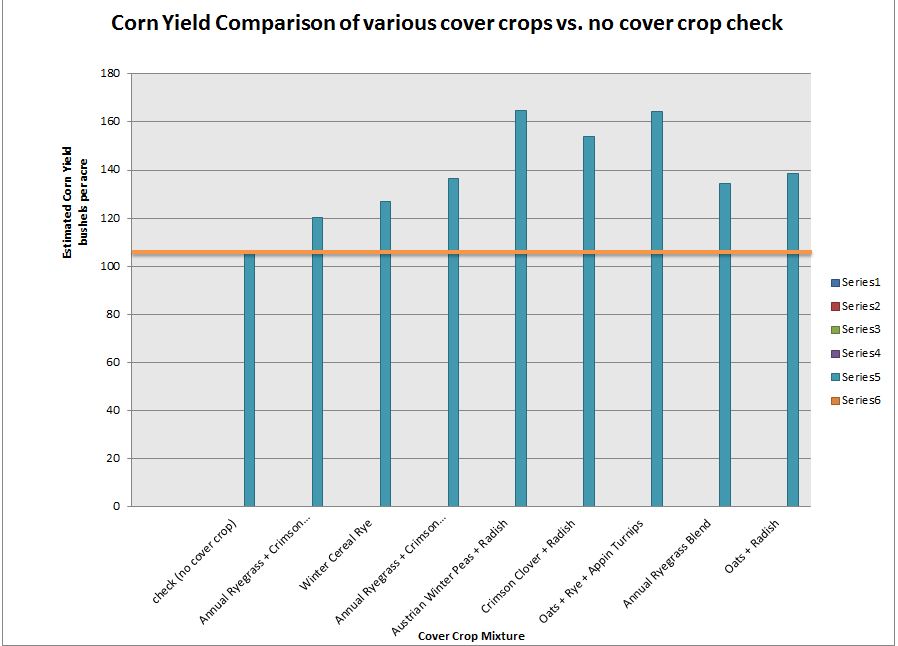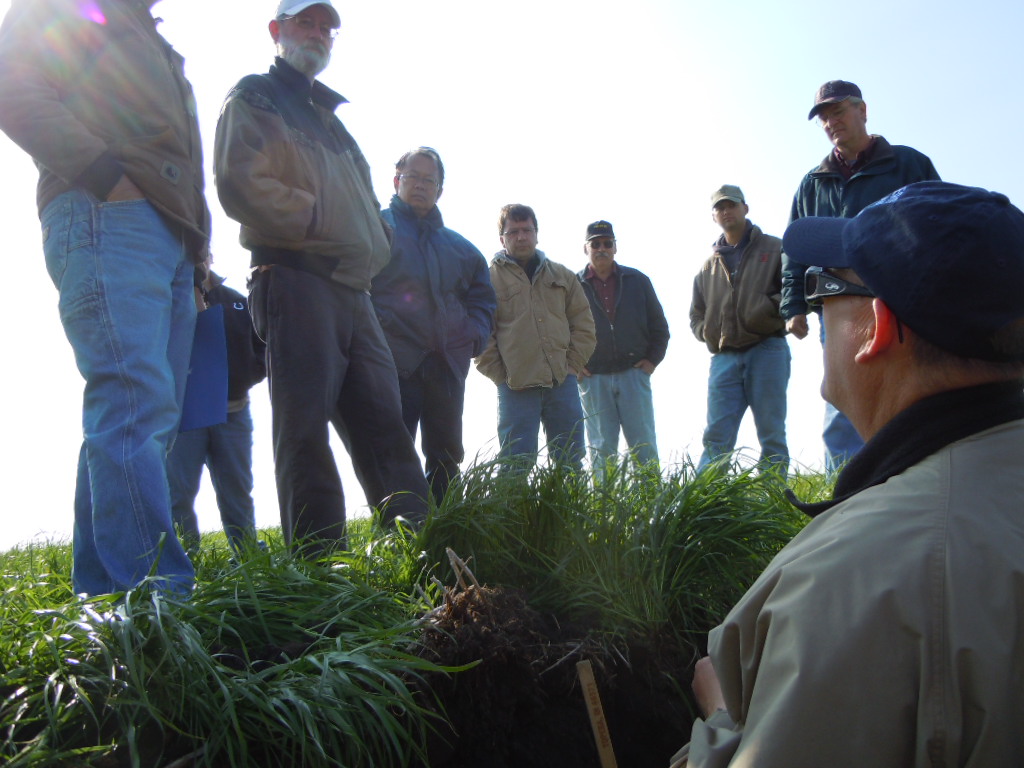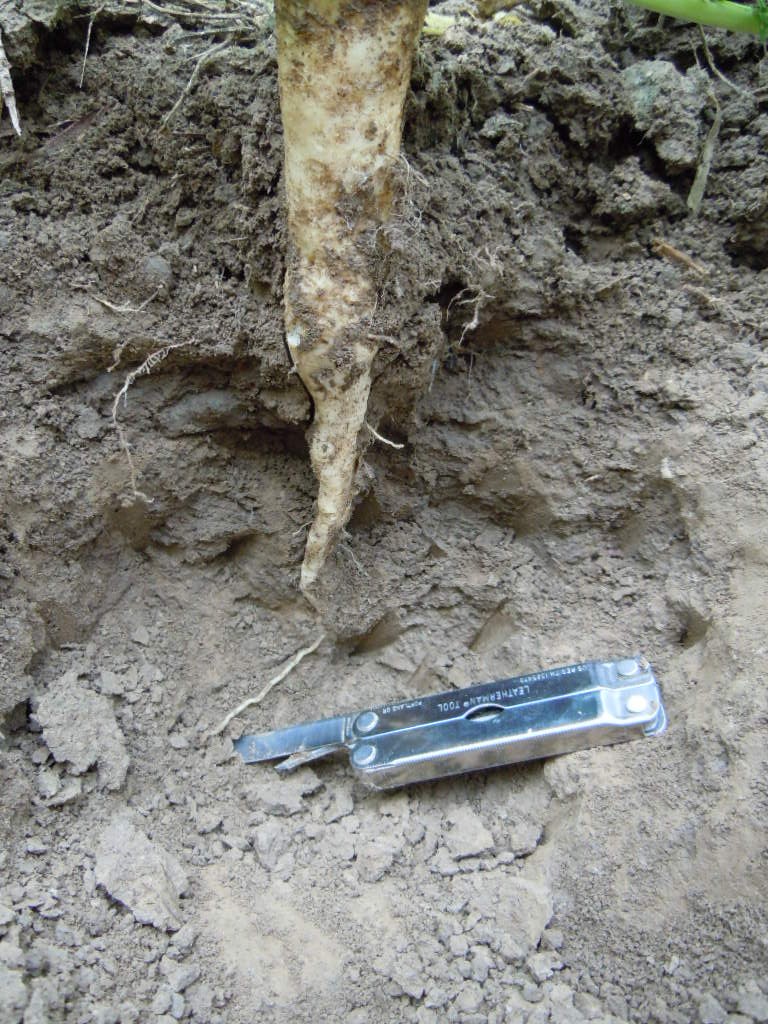Fall Cover Crop Management
While in southern Minnesota in early September 2013, I was asked when a farmer should plow his cover crop field this fall because he needs the fields to be “black” this winter in preparation for next spring. I shuddered. There I was in a beautiful field of cover crops that were jump-starting some biology on […]
Fall Cover Crop Management Read More »
